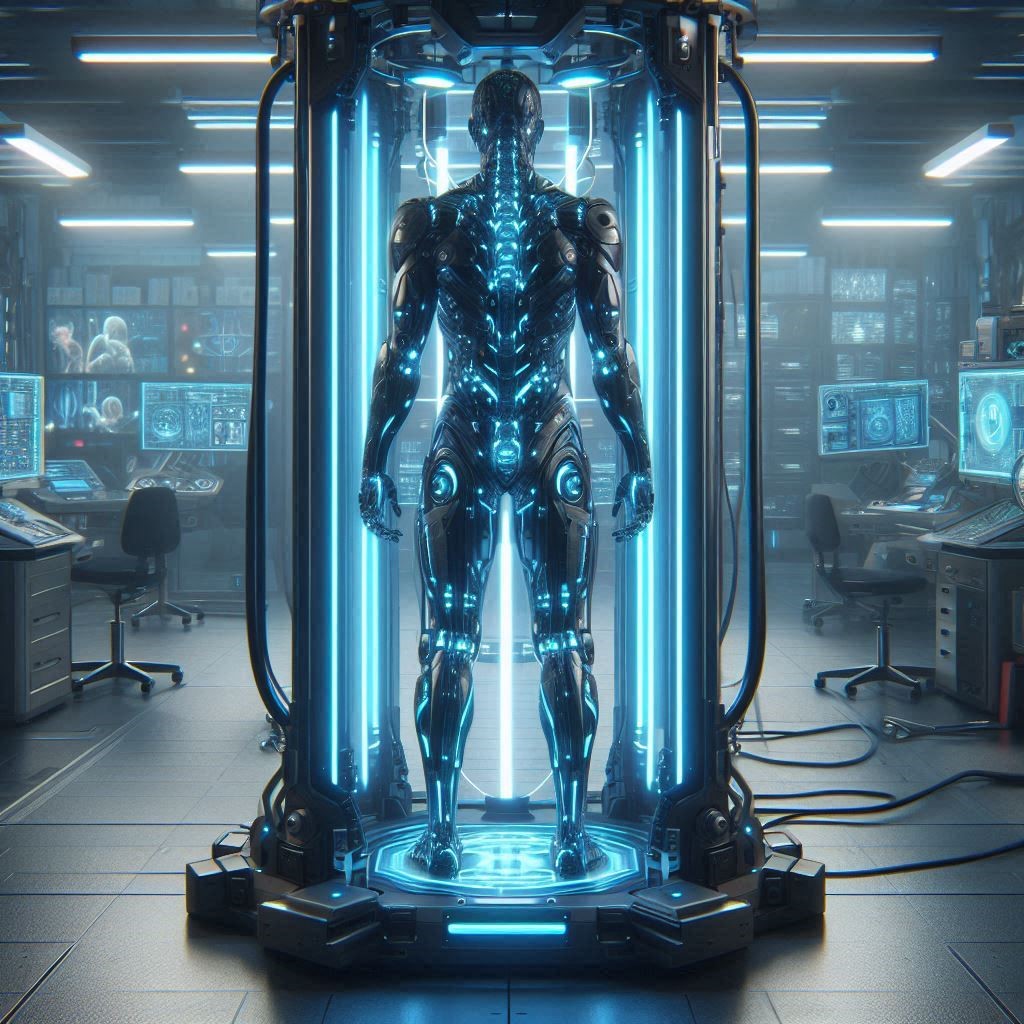Major companies operating in this exoskeleton Companies include CYBERDYNE INC. (Japan), Lockheed Martin Corporation (US), Ottobock (Germany), Ekso Bionics (US), DIH Medical (China), Sarcos Technology and Robotics Corporation (US), BIONIK (US), and B-Temia (Canada). The study includes an in-depth competitive analysis of these key players in the exoskeleton industrywith their company profiles, recent developments, and key industry strategies.
FAQ: Smart Exoskeleton Market
1. What is a smart exoskeleton?
A smart exoskeleton is a wearable robotic device designed to augment or assist the human body’s movements. It is equipped with sensors, motors, and actuators that work in sync with the user’s movements to enhance physical capabilities, such as walking, lifting, or performing repetitive tasks. These devices are used in a variety of applications, including rehabilitation, industrial work, and military operations.
2. What are the primary applications of smart exoskeletons?
Smart exoskeletons are used in several key sectors:
- Healthcare: To help individuals with mobility impairments, such as those recovering from spinal cord injuries or stroke. They enable users to stand, walk, or improve their physical abilities during rehabilitation.
- Industrial: In sectors like construction and manufacturing, exoskeletons assist workers by reducing fatigue and preventing musculoskeletal injuries, especially when performing heavy lifting or repetitive motions.
- Military: To augment soldiers’ strength and endurance, improving their ability to carry heavy loads and operate effectively in demanding environments.
- Personal Mobility: Smart exoskeletons can also help individuals with limited mobility regain independence by providing mobility assistance for everyday tasks.
3. How do smart exoskeletons work?
Smart exoskeletons use a combination of sensors, actuators, motors, and sometimes AI-powered algorithms to detect the wearer’s movements and provide assistance or augmentation. The exoskeleton’s sensors detect the body’s movements, while the actuators respond by supporting the motion, whether it’s walking, lifting, or standing. Some exoskeletons use machine learning to adapt to the user’s unique gait or movement patterns.
4. What are the benefits of using a smart exoskeleton?
The benefits of smart exoskeletons include:
- Restoring Mobility: Helping individuals with mobility impairments regain the ability to walk, stand, or perform daily activities.
- Rehabilitation Support: Assisting in physical therapy and recovery for patients recovering from spinal cord injuries, strokes, or neurological conditions.
- Injury Prevention: Reducing the risk of musculoskeletal injuries in workers who perform repetitive or physically demanding tasks.
- Enhanced Strength and Endurance: Improving physical performance for military personnel and workers in physically demanding roles.
- Improved Quality of Life: Providing greater independence for elderly people or those with chronic conditions.
5. What challenges does the smart exoskeleton market face?
Despite their promise, the smart exoskeleton market faces several challenges:
- High Cost: The development and manufacturing of exoskeletons can be expensive, making them inaccessible to many individuals, especially in lower-income regions.
- Comfort and Usability: Many early models are bulky or heavy, and improving user comfort for long-term wear is a significant focus of ongoing research.
- Battery Life: Extended battery life is essential for practical use, especially for wearable devices intended for long-duration wear. Improving battery efficiency is a key challenge.
- Regulatory Approvals: The need for regulatory approval, especially in the medical and healthcare sectors, can slow down the development and deployment of these devices.
6. Who are the leading players in the smart exoskeleton market?
Some of the leading companies in the smart exoskeleton market include:
- Ekso Bionics (EksoGT)
- ReWalk Robotics (ReWalk Personal Exoskeleton)
- Honda (Walking Assist Exoskeleton)
- SuitX (MAX Exoskeleton)
- Panasonic (Power Assist Suit)
- Cyberdyne (HAL Exoskeleton)
- Lockheed Martin (Fortis)
These companies are at the forefront of developing wearable robotic exoskeletons for various applications, from medical rehabilitation to industrial labor.
7. What is the current market trend for smart exoskeletons?
The smart exoskeleton market is witnessing rapid growth due to the increasing demand for assistive technologies in healthcare, coupled with innovations in robotics, AI, and materials science. The market is seeing:
- A surge in the adoption of exoskeletons in rehabilitation and elderly care.
- Increased use of exoskeletons in the industrial sector for ergonomics and injury prevention.
- Innovations in AI and machine learning to create more adaptable and user-friendly devices.
- The development of more affordable, lightweight, and energy-efficient exoskeletons.
8. Are smart exoskeletons safe to use?
Yes, smart exoskeletons are generally safe to use, but as with any wearable technology, they require proper training and adjustment to ensure correct usage. Manufacturers conduct rigorous testing and adhere to regulatory standards for safety. However, some users may experience discomfort or fatigue if the exoskeleton is not correctly fitted, which is why ongoing monitoring and professional guidance are essential.
9. What is the future of the smart exoskeleton market?
The future of the smart exoskeleton market looks promising, with ongoing technological advancements in robotics, AI, and materials science expected to make these devices more affordable, comfortable, and effective. Key trends include:
- Increased integration of AI and machine learning to improve adaptability and responsiveness to user needs.
- Enhanced battery life and more energy-efficient designs for long-term use.
- Broader adoption in healthcare settings for rehabilitation and elderly care.
- Expansion of industrial exoskeleton applications to improve workplace safety and productivity.
- Potential for consumer-grade exoskeletons for personal mobility in the near future.
With continuous innovation and investment, the smart exoskeleton market is set to significantly impact various industries and improve the lives of individuals with mobility challenges.

